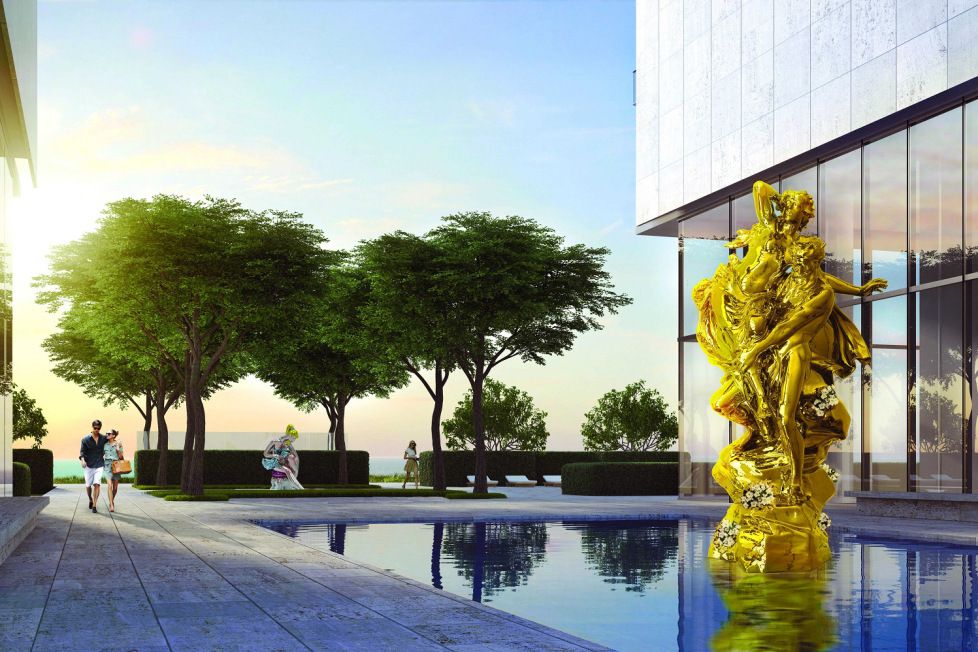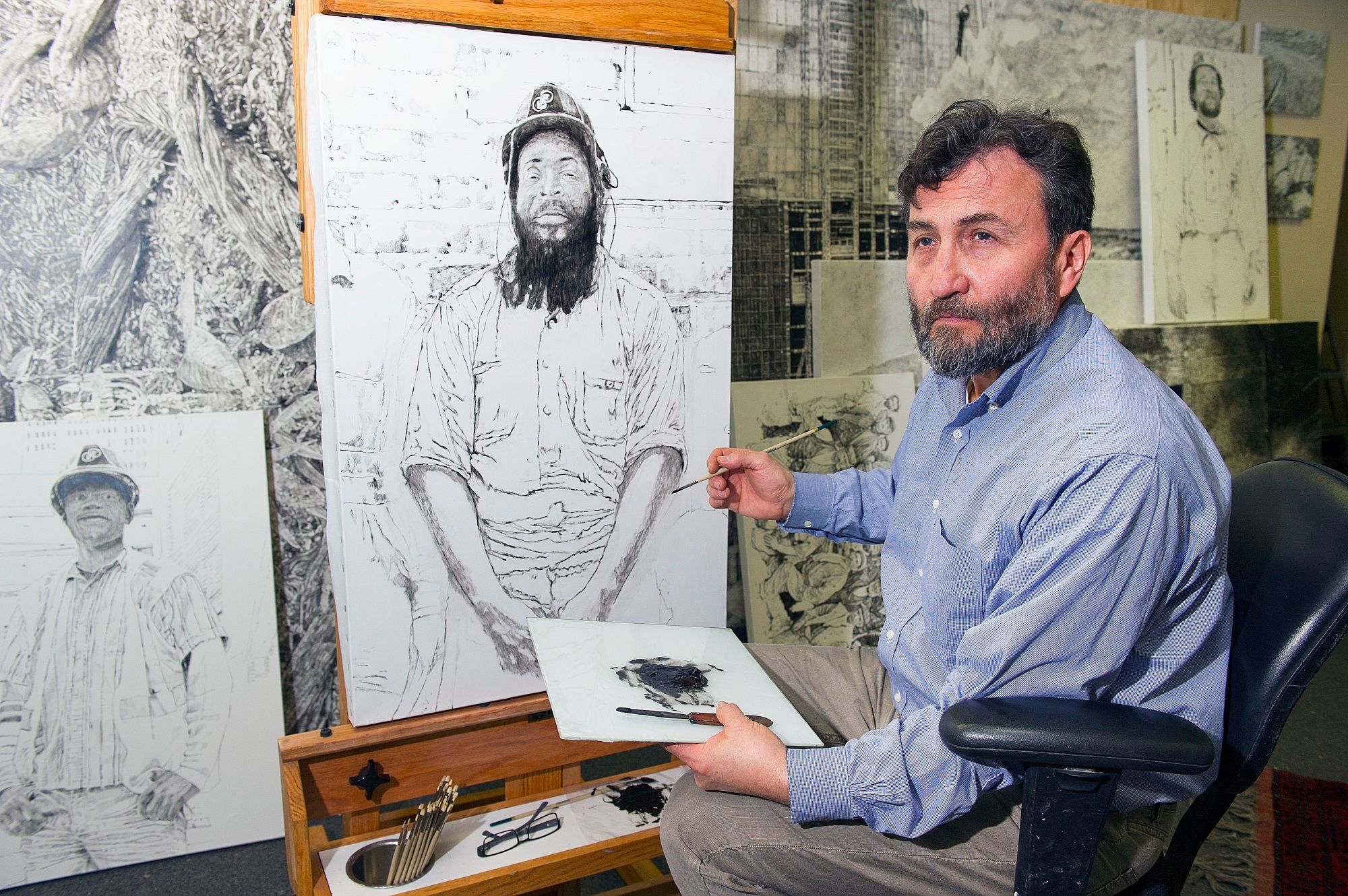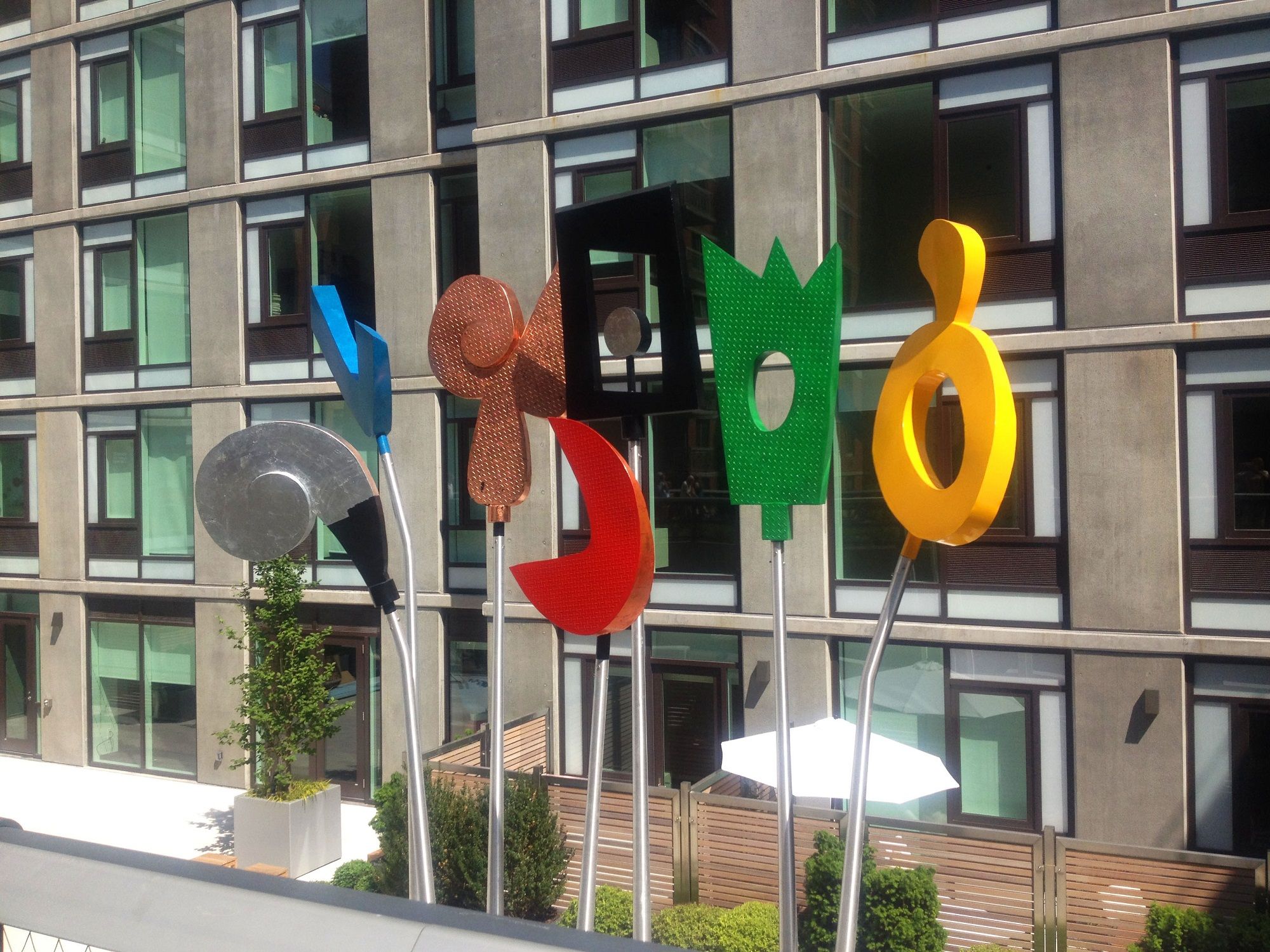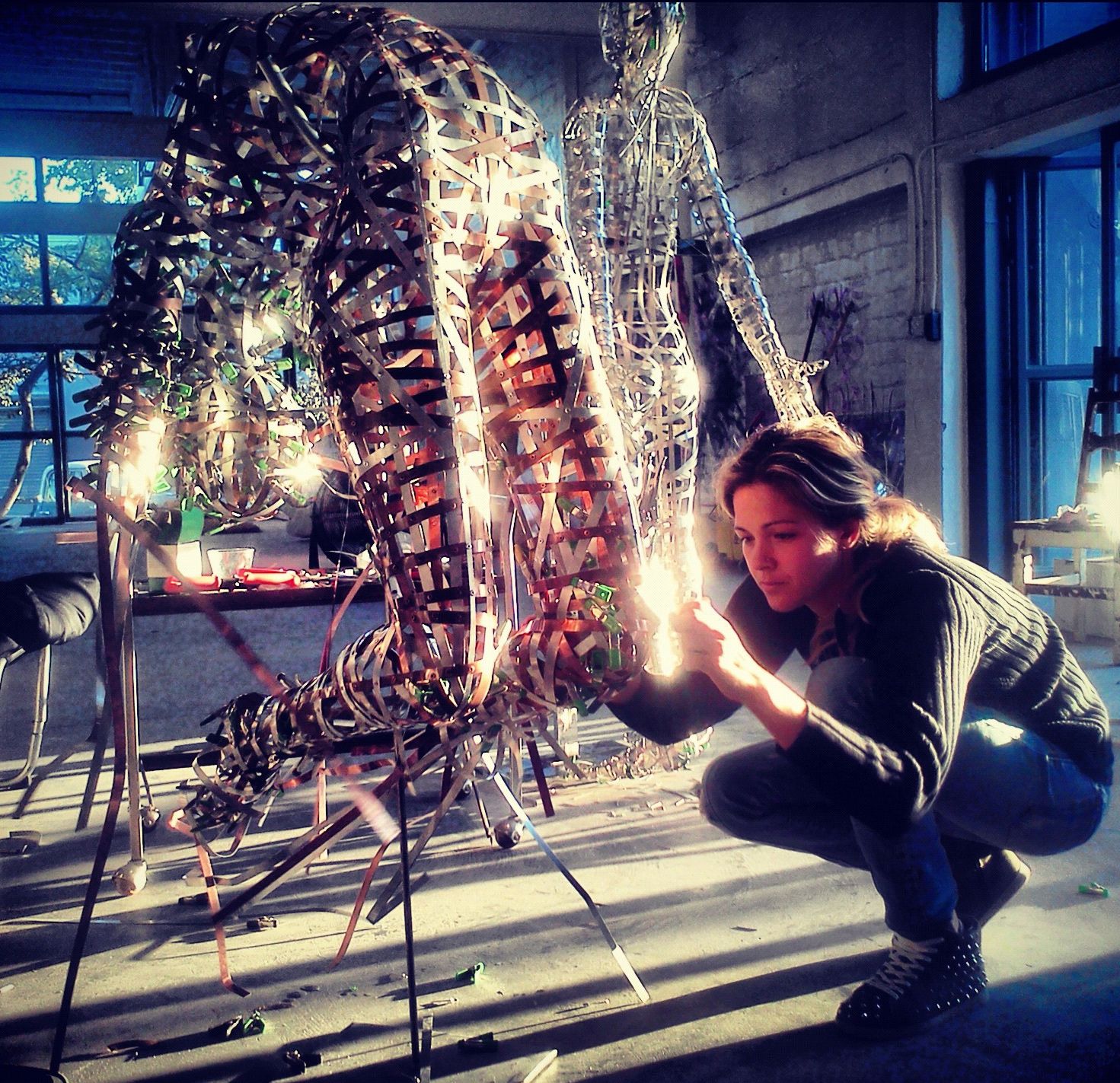New York Post: How art became real estate’s hottest sales tool, by Heidi Mitchell
emilysantangelo
As soon as billionaire Argentine art collector and developer Eduardo Costantini started dreaming up his second residential project in the US in 2013, he began thinking about the artwork that would distinguish the building.
Costantini, the founder of Latin America’s largest contemporary art museum, Buenos Aires’ MALBA, chose two sculptures by Jeff Koons for his Miami development, Oceana Bal Harbour. Costantini purchased the pieces specifically for the condominium; when it opens in 2017, residents will co-own “Ballerina” and “Pluto and Proserpina,” along with 10 other museum-worthy pieces.
“When you go to see four to five properties a day, what is going to stand out?” posits NYC-based Emily Santangelo, who consults with residential developers on weaving art into their projects. “The one with the Jeff Koons.” Or, in the case of 400 Park Avenue South, which Santangelo is working on with Toll Brothers City Living, “the one with the really cool, 12-foot-long Orly Genger watercolor.”
In a world where some $66 billion of art was reportedly sold at auction last year — most of it in New York — prominent works are a new way for real estate developers to convince buyers they speak their language. From commissioning renowned artists to sponsoring exhibitions and adjacent gallery spaces, developers are harnessing the emotional power of contemporary art to engage home hunters.
In New York, Time Equities is adding an artist-in-residence program to its much-anticipated 50 West project. Along with hiring a curator to commission and source works, the firm’s founder and CEO, Francis Greenburger, has brought on emerging artists to document the rising of the lower Manhattan tower in exchange for free studio space.
Up-and-comers like Noa Charuvi, Hugo Bastidas and Paul Anthony Smith “are viewing construction as a craft, focusing on how workers sculpt the lower Manhattan skyline in their line of work,” explains Greenburger.
When the building is complete, their paintings will adorn lobby walls and common spaces. A generous chunk of retail space will also be devoted to revolving art installations.
Equity Residential sees art as a major differentiator, even in its rentals. “We believe that art adds timeless value to a building and is a way to add energy and inspiration to the interiors,” says Cheryl Urban, VP of marketing and branding. Santangelo says that “since the success of ‘Urban Rattle’ ” — Charlie Hewitt’s playful sculpture that she secured for Equity’s Ten23 building in 2012 (and visible from the High Line) — “they are bringing me in with the architect.”
At the soon-to-open 199 Mott, in Nolita, Alfa Development recently put up a one-man show by portrait photographer Sebastian Piras in two of the apartments. “We had a cocktail party and like 100 people showed up,” says Alfa CEO and founder Mike Namer. “And guess what? We sold an apartment.” While he is quick to note that art “didn’t sell the place,” the buyer, he says, understood that art is woven into the fabric of the neighborhood and the building.
At two of developer Terra Group’s new properties in Miami, “I work directly with curator Lisa Austin to select pieces that speak to the overall atmosphere of each property,” says the firm’s president, David Martin. The twisting towers of the Bjarke Ingels-designed Grove at Grand Bay are anchored by one-of-a-kind artwork from Alice Aycock, Tara Donovan and Gim Hong-sok.
And at the southern tip of Miami Beach, Terra’s light-flooded Glass residential tower features pieces by British firebrand Tracey Emin and Saint Clair Cemin. “Incorporating the highest-quality art not only enhances spaces, but it also adds a sense of pride for the residents,” says Martin.
That’s certainly true for the Ritz-Carlton Residences, Miami Beach, which has swapped high-tech amenities for more artistic diversions. The Piero Lissoni-designed waterfront development has an art studio filled with easels as well as ceramics and woodworking stations, devised in partnership with Miami sculptor Tatiana Blanco. Staff will offer group classes, lectures and tours of nearby galleries.
As high-end contemporary art buyers undoubtedly overlap with luxury real estate shoppers on the Venn diagram of the one percent, some savvy developers have found clever ways to connect their buildings with the art world, by sponsoring dinners at Art Basel Miami (Terra) or underwriting an Andreas Gursky exhibit at the Hamptons’ Parrish Art Museum (Douglas Elliman).
At 37 East 12th Street, developer (and serious collector) Edward Minskoff has even embedded an image of a Willem de Kooning painting on room renderings and a hardcover brochure for the building, “to give it a coffee table-book feel.” And, no doubt, to help prospective buyers imagine what their artwork might look like on bare walls.
As for her installations, Santangelo says, “Not everyone who is buying an apartment is savvy in the art world. But everyone recognizes a piece that makes you feel good — especially when it might be placed at your front door.”
TOP PHOTO: Jeff Koons’ sculptures “Pluto and Proserpina” (foreground) and “Ballerina” will grace the Oceana Bal Harbour; they were purchased specifically for the property by the condo’s developer, Eduardo Costantini.OST:
Read the full article here.




